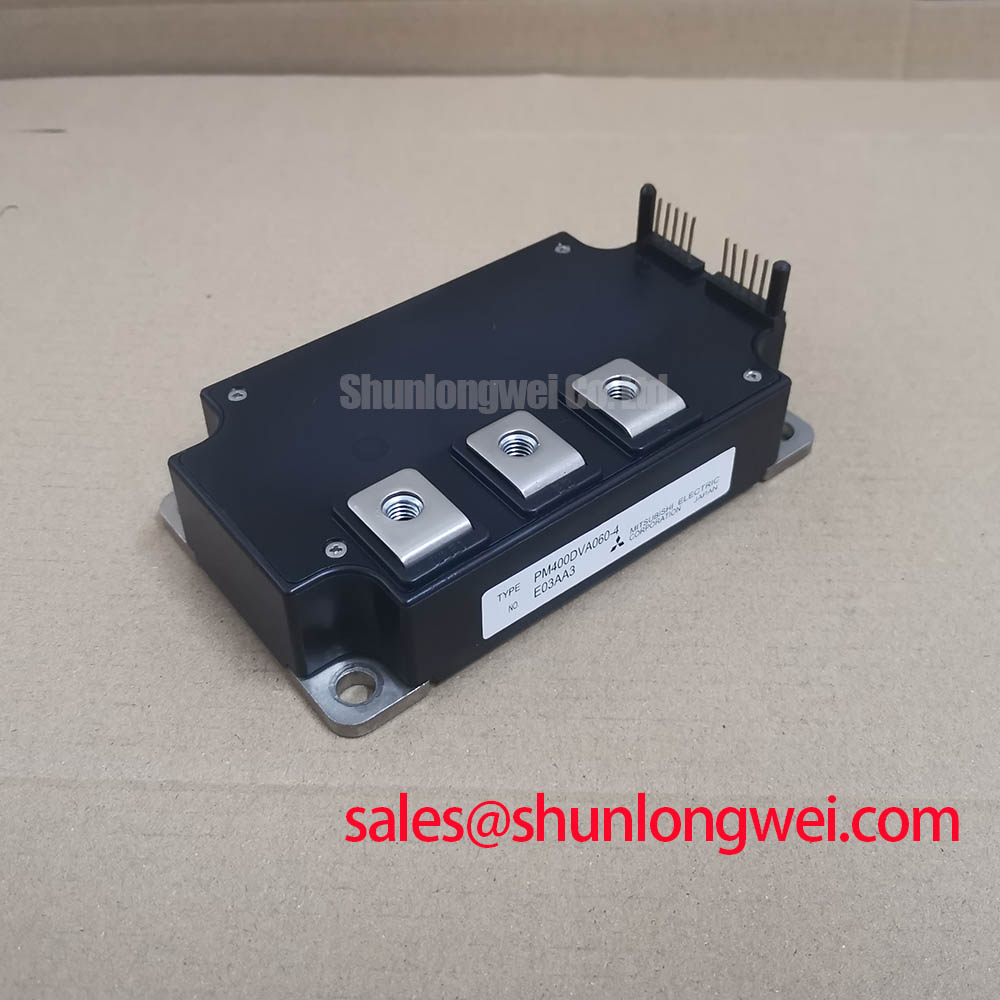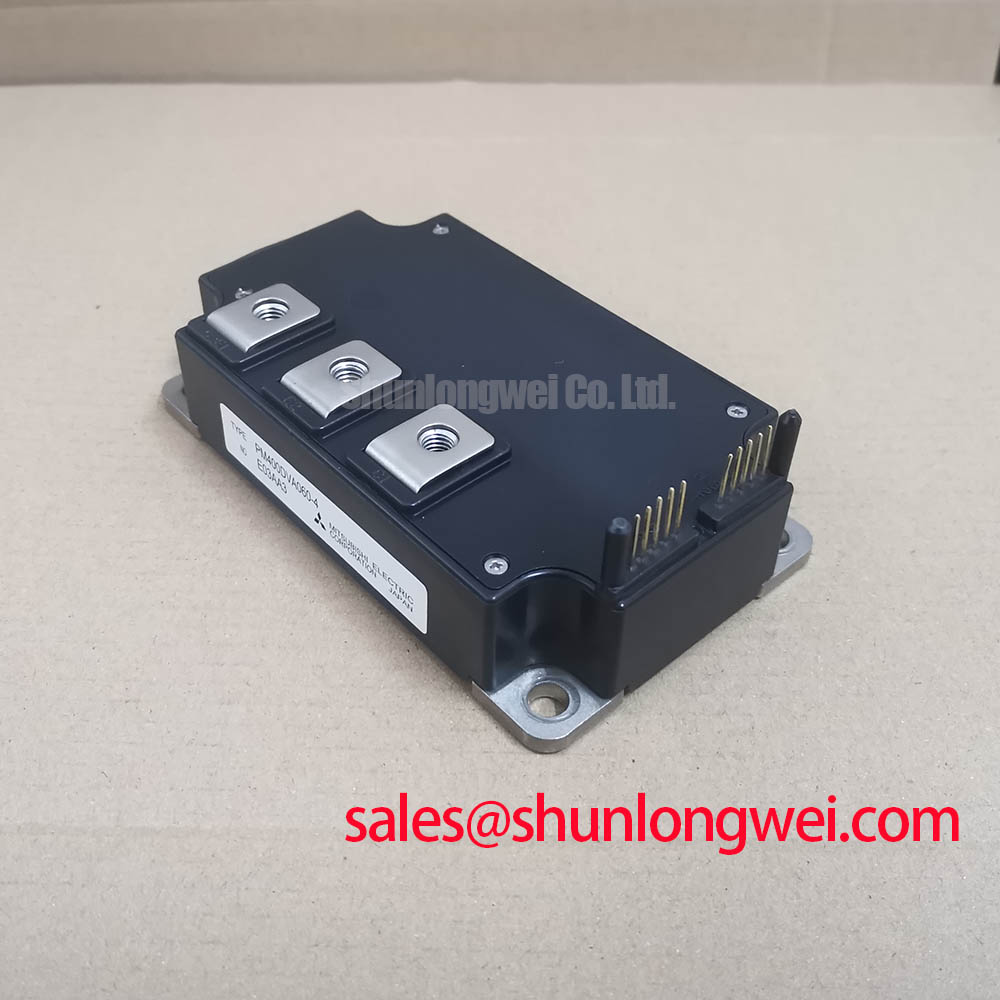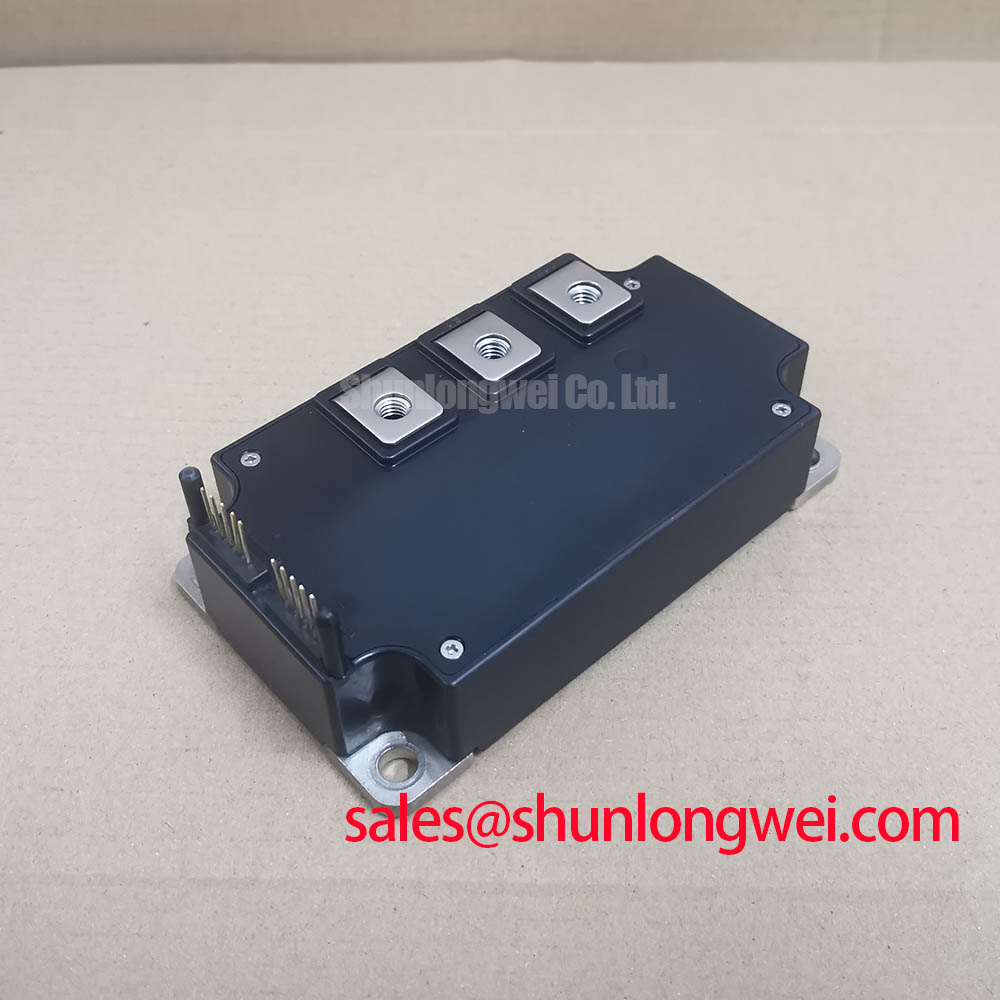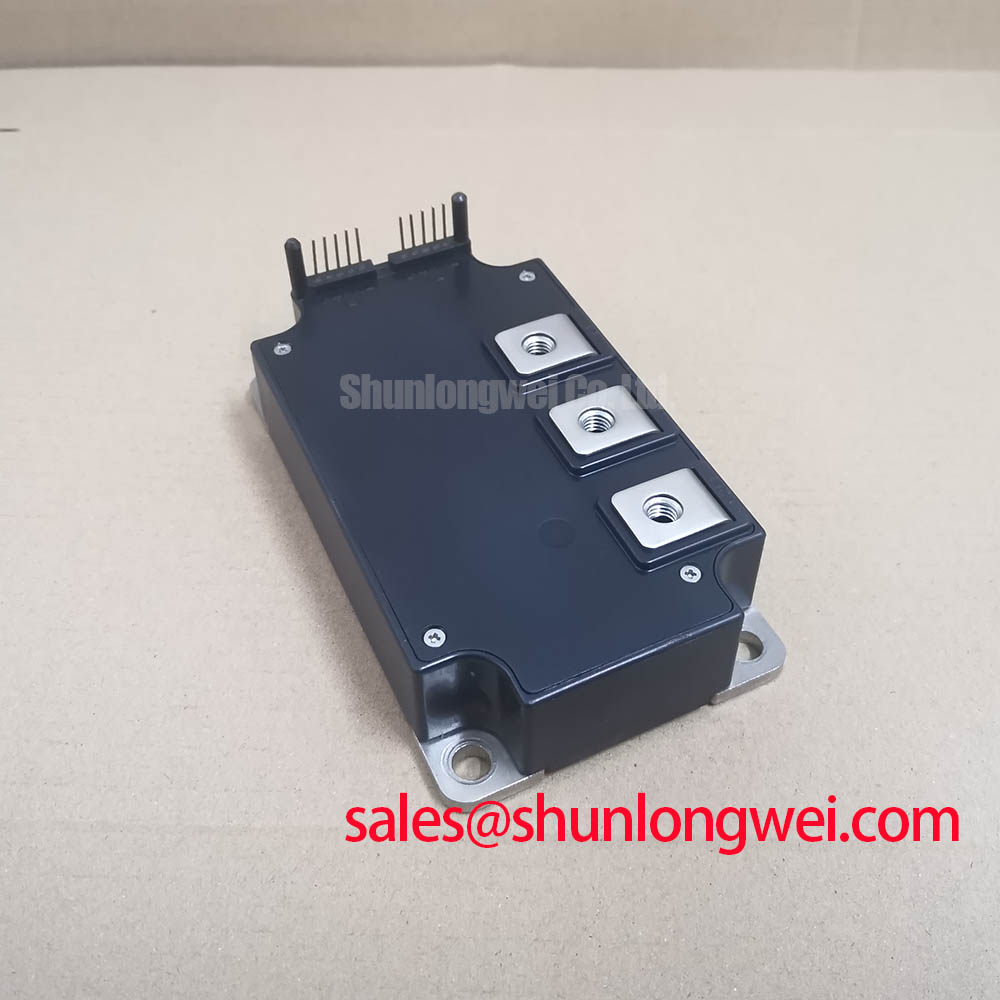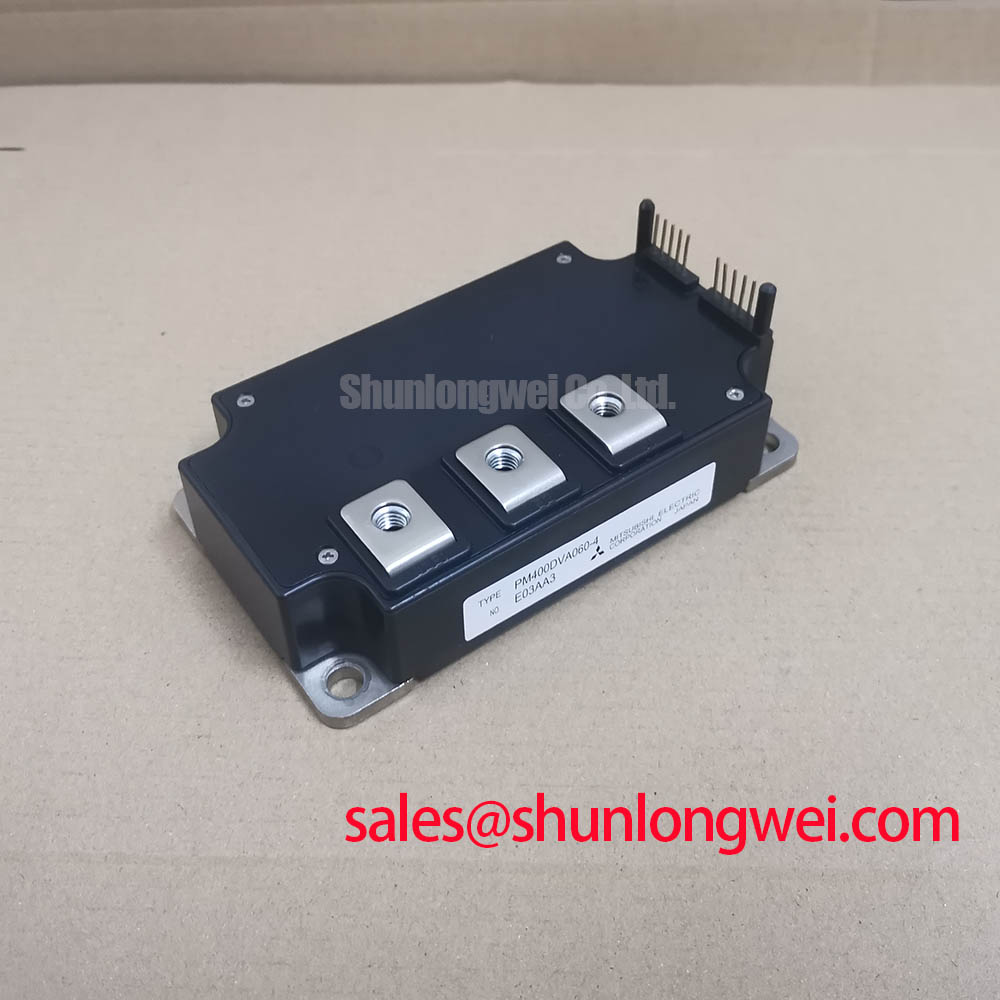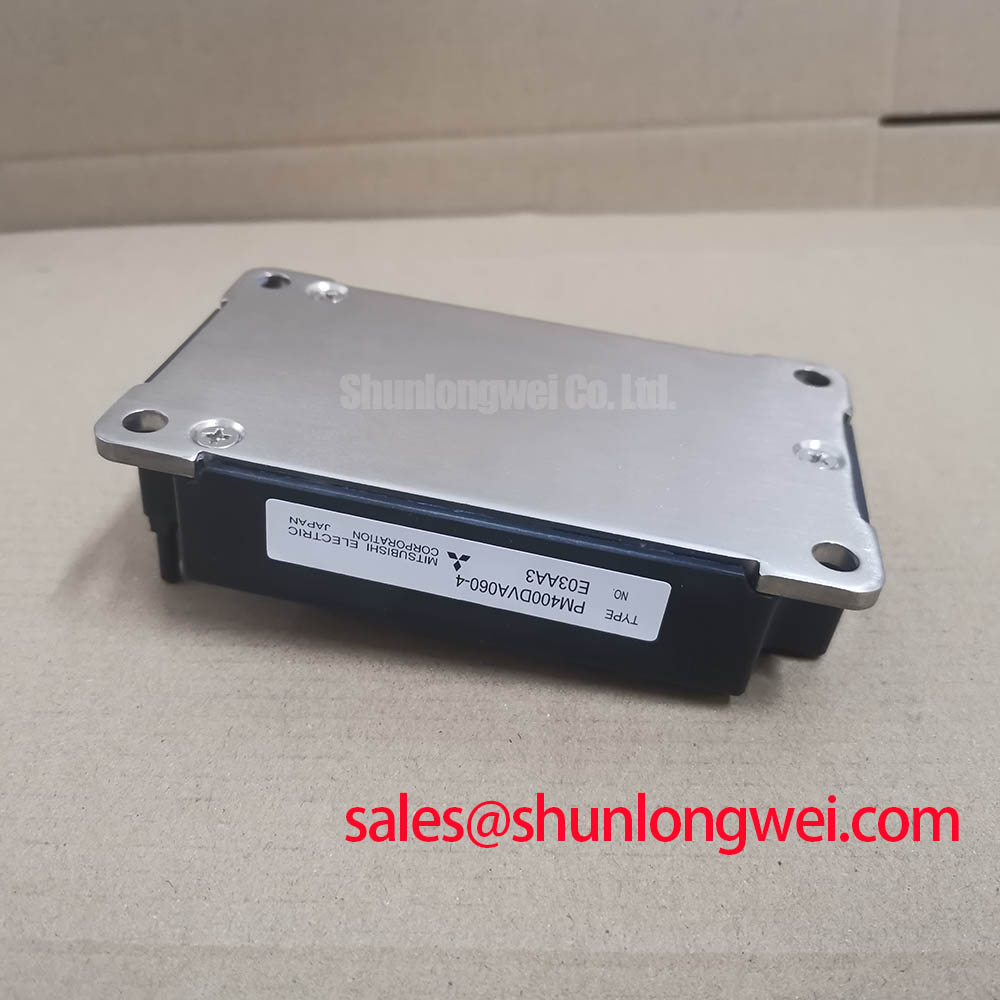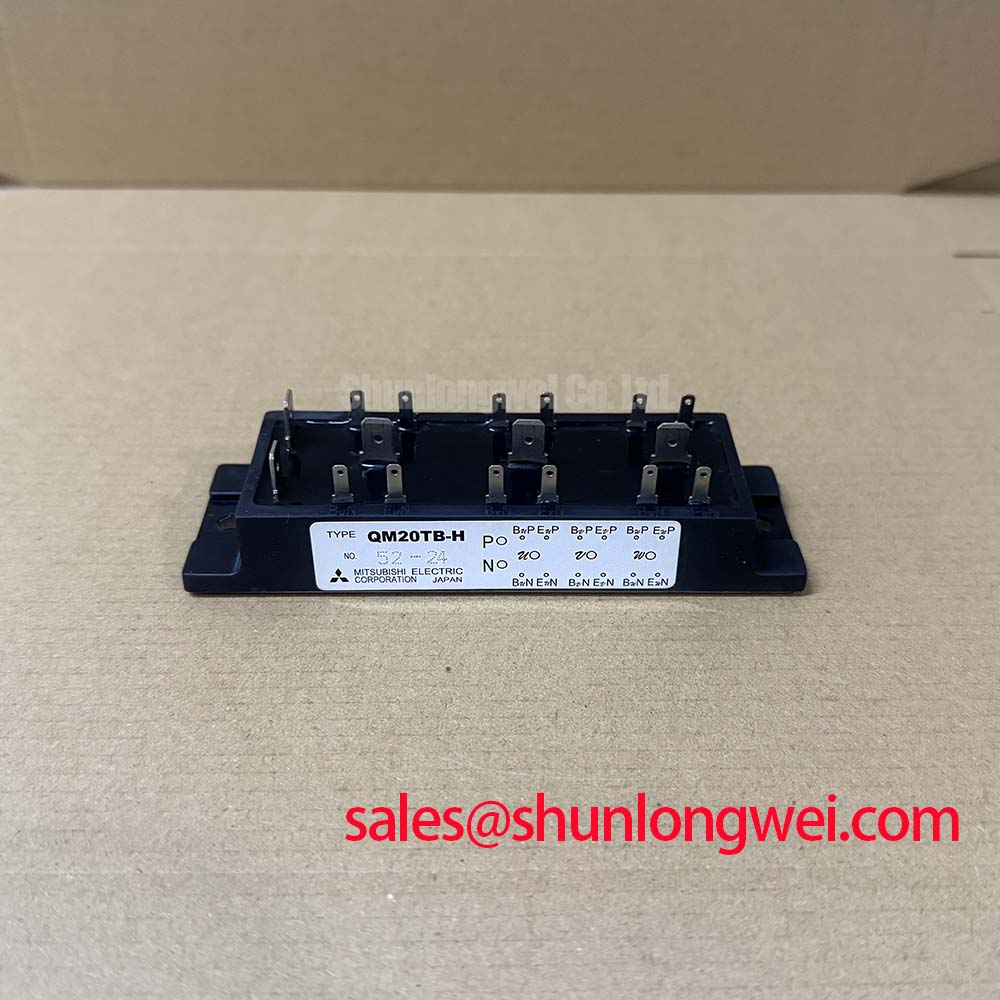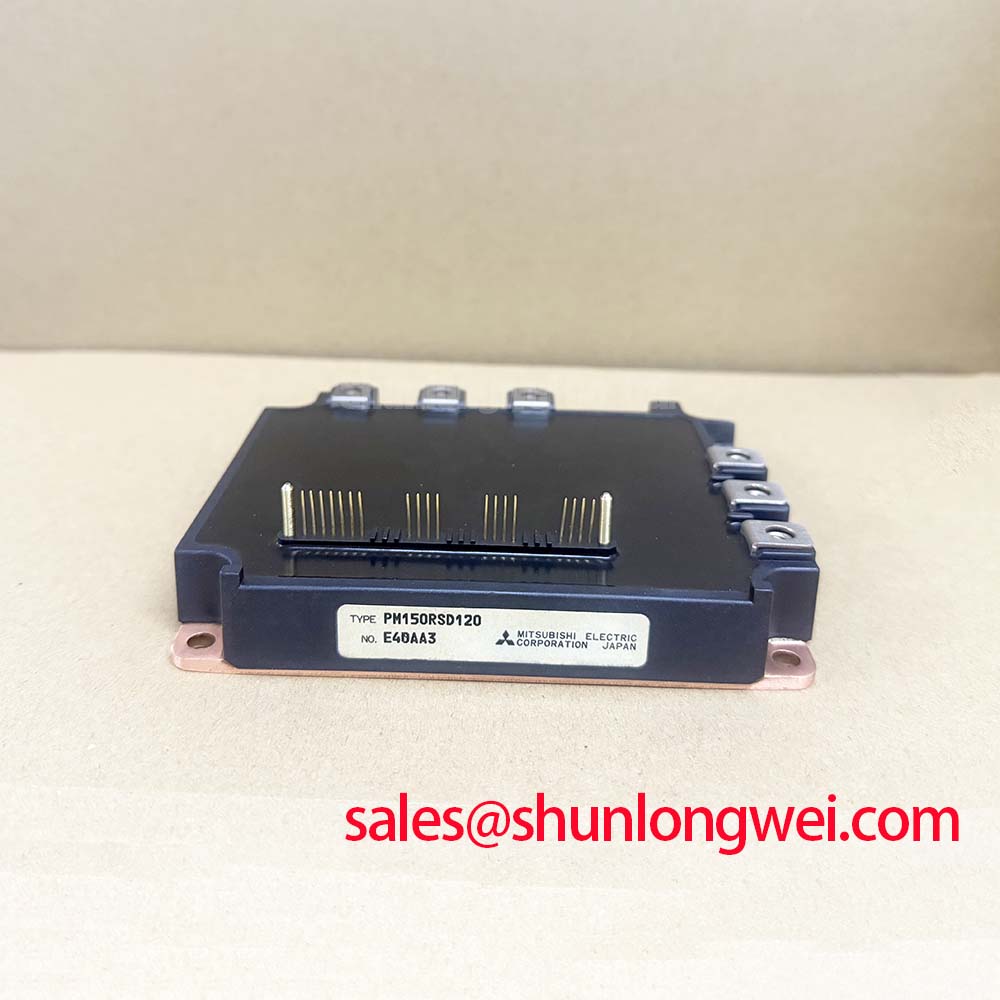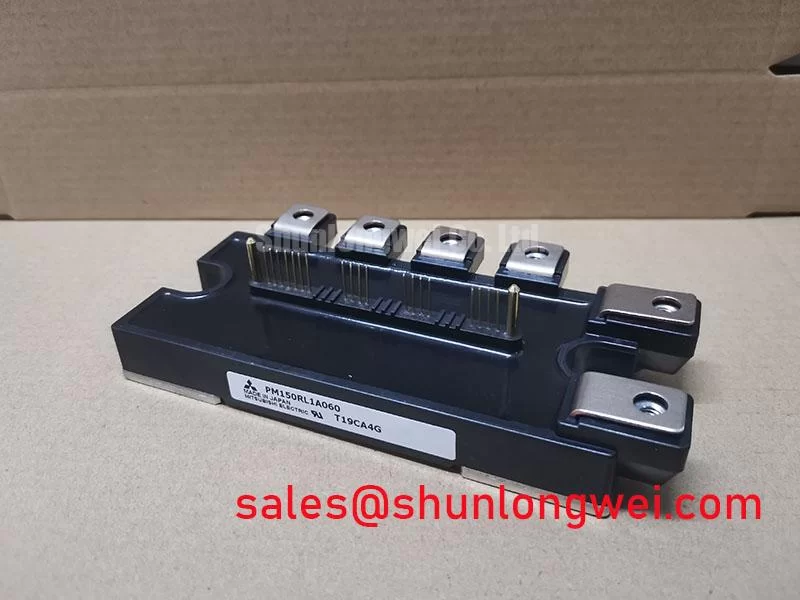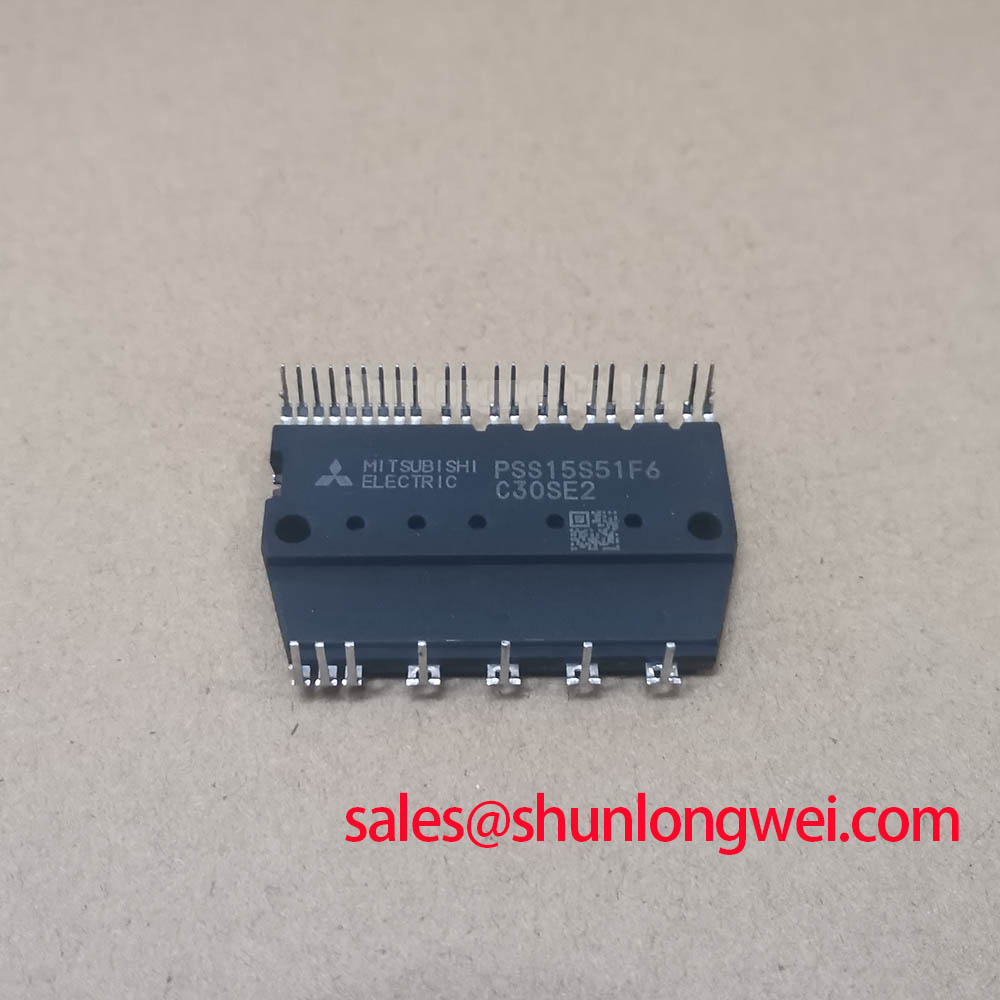Content last revised on November 12, 2025
Mitsubishi PM400DVA060-4 | High-Reliability 600V/400A Intelligent Power Module (IPM)
The Mitsubishi PM400DVA060-4 is a high-performance D-series IPM (Intelligent Power Module) engineered for demanding, high-power conversion applications. This device integrates a dual 400A/600V IGBT configuration with optimized gate drive and critical protection circuits into a single, compact package. It is designed not just as a component, but as a system-level solution to accelerate development, improve reliability, and simplify the thermal management of industrial power electronics.
Key Advantages of the Integrated Architecture
- System Reliability: Integrates crucial protection functions including short-circuit (SC), over-temperature (OT), and control supply under-voltage (UV), significantly reducing the risk of catastrophic system failure.
- Design Simplification: By incorporating the gate drive circuit, the PM400DVA060-4 eliminates the complex and sensitive task of designing, tuning, and isolating an external driver stage.
- Optimized Performance: The internal gate drive is perfectly matched to the IGBT silicon, ensuring optimal switching characteristics, minimizing losses, and controlling EMI generation at the source.
- Compact Power Density: Consolidates multiple power and control components into one module, enabling smaller, more power-dense inverter and converter designs.
Technical Deep Dive: Protection and Performance
The true value of the Mitsubishi PM400DVA060-4 lies in its intelligent integration. The module directly addresses common engineering challenges by embedding robust protection mechanisms. The short-circuit protection, for instance, uses a current-sense emitter on the lower arm IGBTs to provide rapid feedback, shutting down the device before irreversible damage occurs. This is a critical feature for applications like motor drives where stalls or phase-to-phase shorts are real-world risks. You can learn more about how this prevents common issues in our guide to IGBT failure analysis.
From a performance standpoint, the module leverages advanced CSTBT™ (Carrier Stored Trench-gate Bipolar Transistor) silicon. This results in a favorable balance between conduction loss, characterized by a low collector-emitter saturation voltage (VCE(sat)), and switching loss. For a 400A device, the typical VCE(sat) of 1.9V ensures high efficiency and manageable heat dissipation under heavy loads, a crucial factor in maintaining system longevity.
Key Parameter Overview
The following table outlines the essential performance specifications for the PM400DVA060-4. For comprehensive characteristic curves and application notes, please refer to the official PM400DVA060-4 datasheet.
| Parameter | Value |
|---|---|
| Collector-Emitter Voltage (Vces) | 600V |
| Collector Current (Ic) | 400A |
| Collector-Emitter Saturation Voltage (VCE(sat)) (typ. at Ic = 400A) | 1.9V |
| Isolation Voltage (Viso) (AC, 1 minute) | 2500Vrms |
| Control Supply Voltage (Vcc) | 15V (±10%) |
| Case Operating Temperature (Tc) | -20°C to +100°C |
| Protection Features | Short-Circuit (SC), Over-Temperature (OT), Control Under-Voltage (UV) |
Application Scenarios and Value Proposition
The robust feature set of the PM400DVA060-4 makes it an ideal choice for a range of high-power applications where reliability and efficiency are non-negotiable.
- Industrial Motor Drives: The module’s high current capability and integrated short-circuit protection provide the durability needed to control large AC induction and permanent magnet motors in factory automation, pumps, and fans. Its use in these systems forms the backbone of modern robotic servo drives and general-purpose inverters.
- Uninterruptible Power Supplies (UPS): In critical power infrastructure, uptime is everything. The built-in protection and fault signal output allow a UPS system to safely shut down a faulty inverter leg and alert the master controller, preserving the integrity of the entire system.
- Commercial and Grid-Tied Inverters: The module's efficient switching and low conduction losses contribute directly to higher overall energy conversion efficiency in applications like solar inverters and power factor correction (PFC) systems.
Frequently Asked Questions (FAQ)
What is the main advantage of using this IPM over discrete IGBT modules and a separate gate driver board?The primary advantage is reliability and design simplification. An IPM like the PM400DVA060-4 has its gate drive and protection circuits co-designed and optimized for the specific IGBT chips inside. This eliminates parasitic inductance issues between the driver and IGBT, ensures optimal switching speeds, and guarantees protection response times, which can be challenging to achieve with a discrete solution.
How do I use the fault (Fo) signal from the module?The fault signal is an open-collector output that goes to a low state when a protection event (SC, OT, or UV) is triggered. This pin should be connected to the system's microcontroller via a pull-up resistor. The controller's firmware should be programmed to immediately disable all PWM signals to the IPM upon detecting a fault, preventing further damage and allowing for a safe system shutdown.


